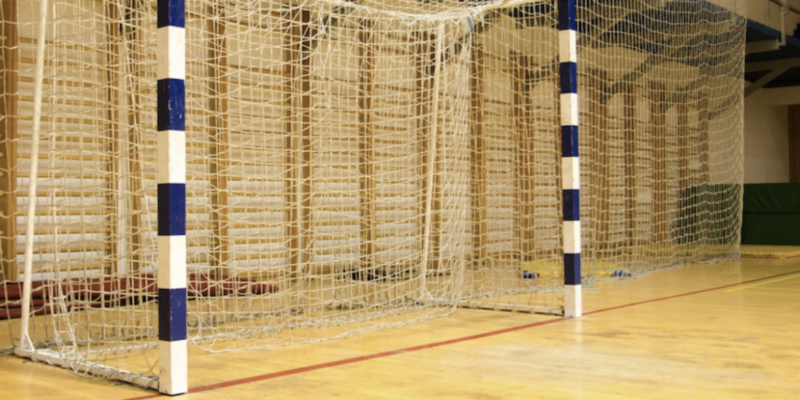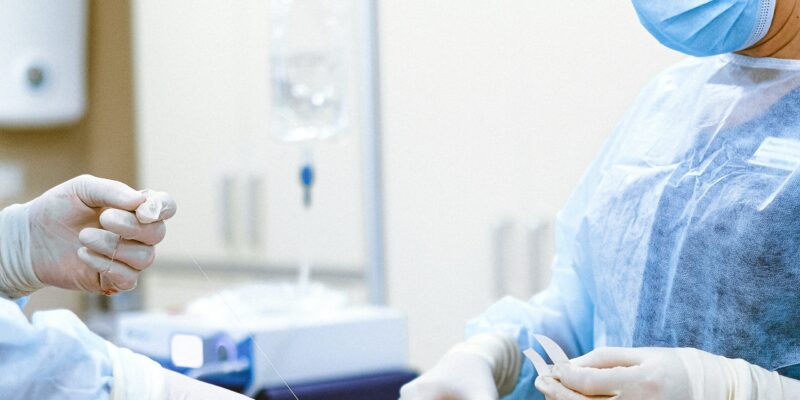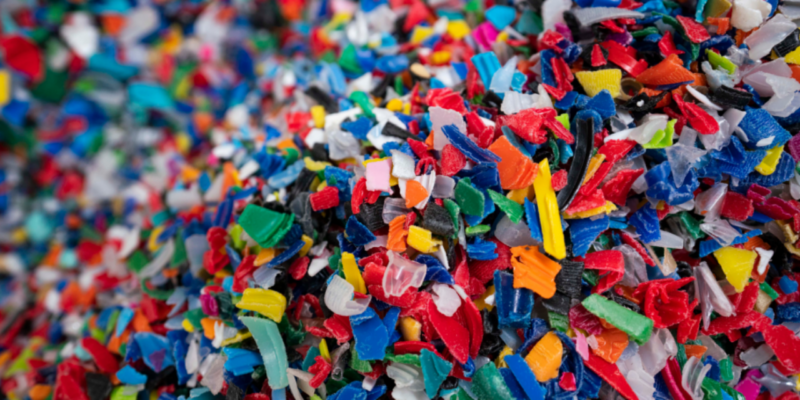UMC Utrecht: a circular pacemaker? Then anything is possible
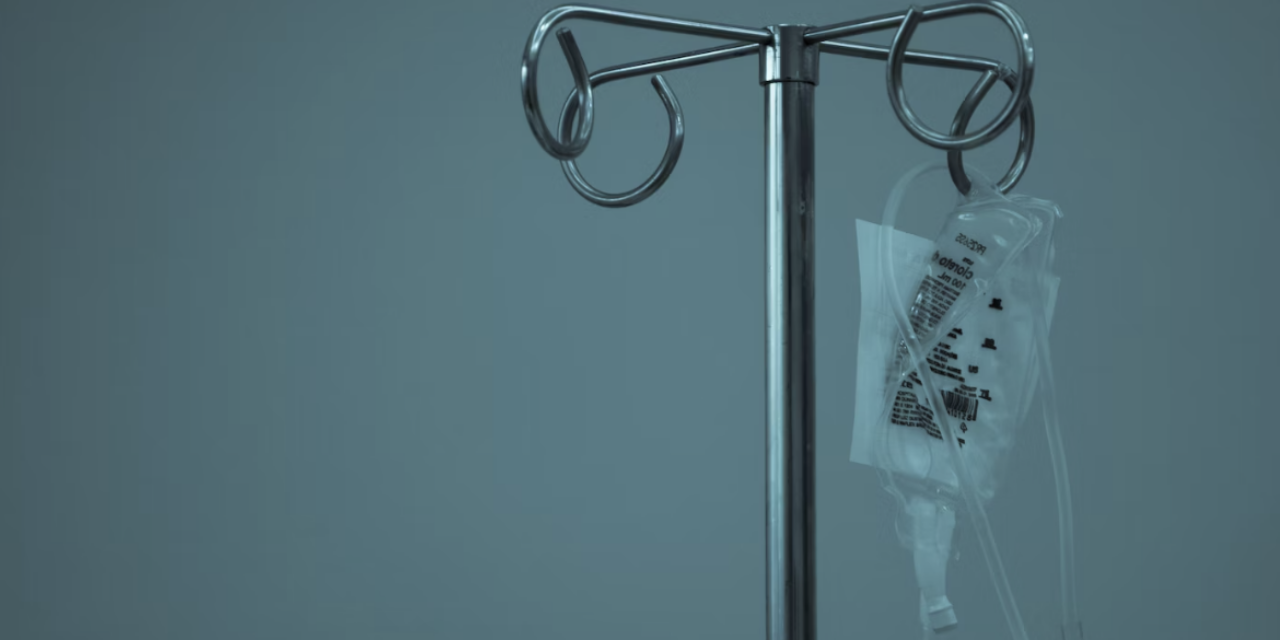
By now, we’re all familiar with e-waste collection. Laptops and smartphones given a new lease of life with a little technical help, or second-hand parts that come together to create a brand new device. We should be able to do the same with medical e-waste – the thoughts of Edwin van Stralen, team leader of internal logistics and waste management at UMC Utrecht. ‘You should never pollute your environment, but as a hospital, it is extremely important that we actively contribute to a healthy environment.’
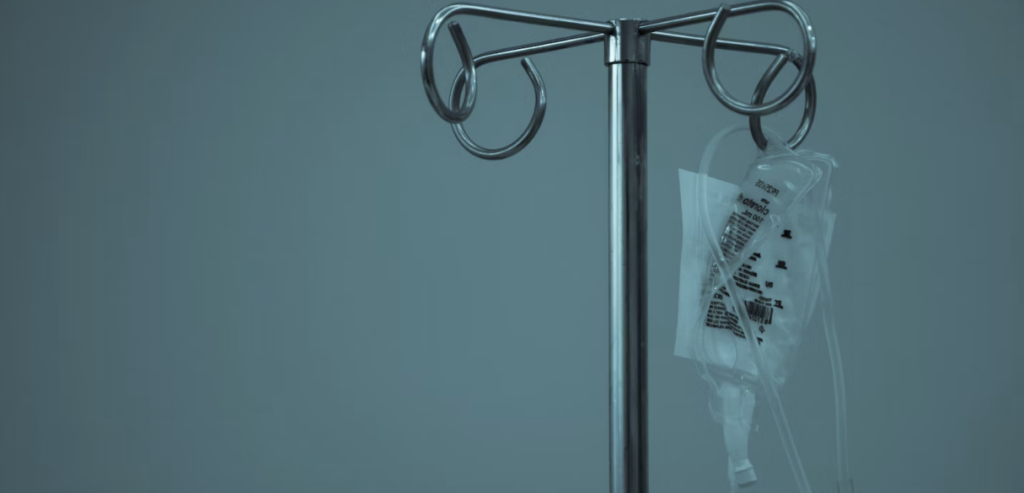
You should never pollute your environment, but as a hospital, it is extremely important that we actively contribute to a healthy environment.
Pacemakers as a refurbishment showcase
It should be fairly obvious that a healthy living environment is important for a hospital. But how do you go about refurbishing pacemakers? ‘We kept running into a bit of wall in the waste market, where healthcare waste is fairly resistant. Many collectors are wary of medical products because of the perceived risks. Whether or not that wariness is justified, the idea does affect chain.
Even ordinary residual waste from office departments is considered “special waste”, which can really complicate hospitals’ recycling targets. A former colleague floated the idea of finding a sort of showcase product, to send a signal to processors – if this is possible, anything is possible. In the cardiac catheterisation department, they suggested pacemakers as that product. Pacemakers contain precious metals and a small amount of plastic. The same raw materials as a phone really.’
Challenges – privacy and security
Despite containing more or less the same raw materials as phones, the process is not nearly as straightforward. Regular e-waste, such as laptops and phones, is collected and processed in large quantities. High volume is essential from an economic perspective. That volume doesn’t exist at UMC Utrecht, explains Edwin, ‘The number of reusable devices is limited, it’s very much a niche stream. Actually, it’s mostly peripheral hospitals that carry out replacement surgery, university medical centres not so much. We have, therefore, included an option that allows other hospitals to take part in our collection arrangements.
In addition, regular electronic devices are easier to disassemble than pacemakers. That poses an added challenge. Finally, pacemakers contain data, which poses privacy and security risks. All in all, it’s quite a challenge. We went on the internet and asked if people could suggest innovative solutions, including through procurement forums and LinkedIn. That yielded some very interesting ideas that we have been able to use.’
The process is inspiring the industry – other hospitals now want to become involved
Inspirational effect
The pilot has been up and running for around 1.5 years now. There have already been a few successful batches, but UMC Utrecht is cautious about further upscaling. Edwin explains, ‘We are taking a slow path as it’s an extremely sensitive matter. In any event, the process is inspiring the industry, with other hospitals now wanting to become involved. An ever increasing number of people are aware too – just recently, someone contacted us who still had a pacemaker lying around from a relative who had died and asked if we could recycle it. Now that’s amazing!’
